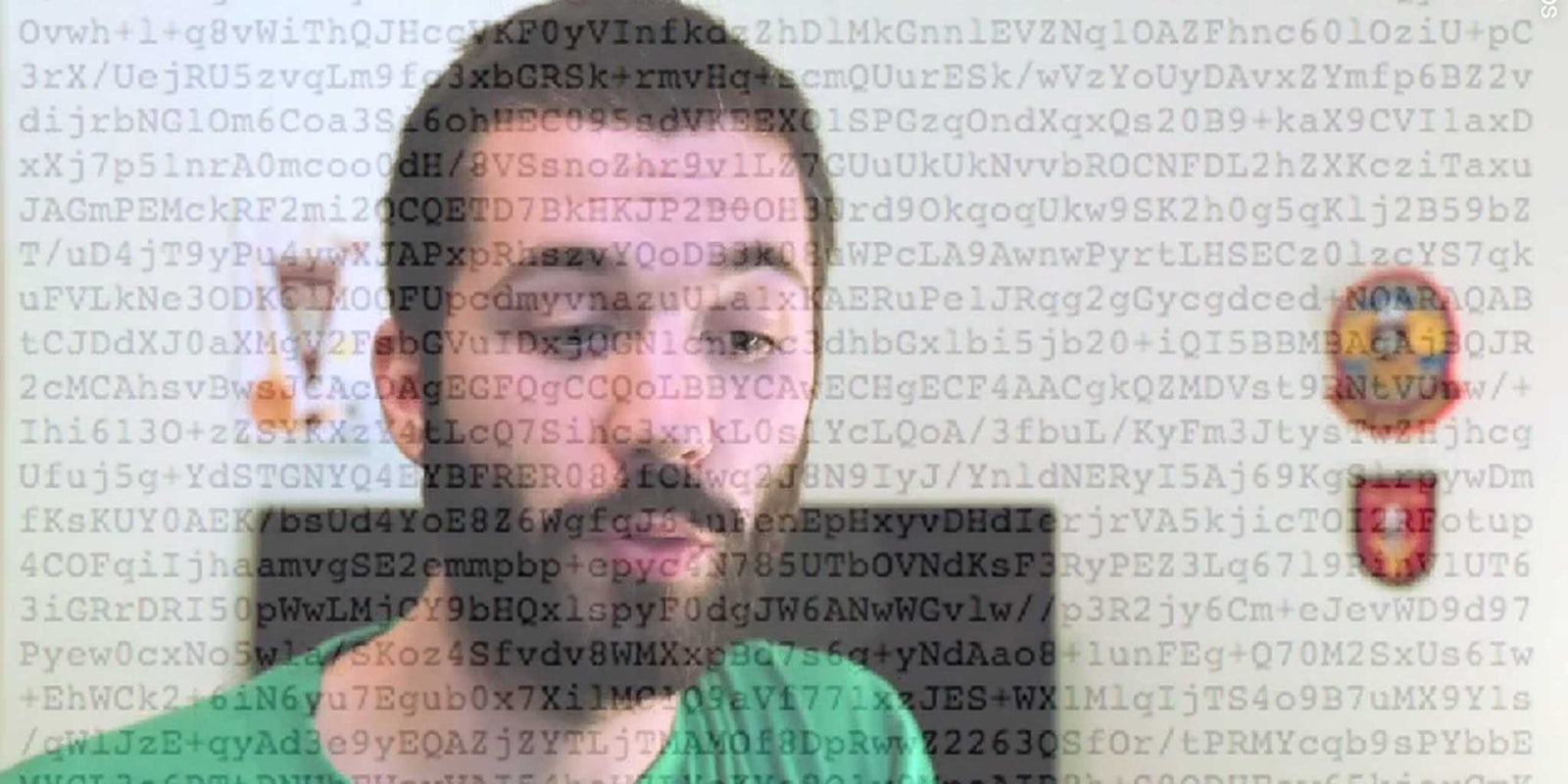BY DJ PANGBURN
On paper, and in the digital realm, Aaron Brown exists. He has a State of Ohio driver’s license, identification proving that he is member of the Lipan Apache Tribe in Texas, and is licensed to operate a boat. Brown is also a customer of Comcast and has a State Farm Insurance card.
In reality, Brown does not exist. He is a ghost, a digital specter fabricated by the photographer and visual artist Curtis Wallen.
The bifurcation that occurs between physical and digital personas interested Wallen. “I thought, ‘Wouldn’t it be cool if I could fabricate a new physical person using the Deep Web, Tor, Bitcoin, and all of these new technologies popping up in the face of tracking, and see how far I could push it,” he said.
While many artists are driven by politics, Wallen is decidedly anti-surveillance and overtly critical of the state. In fact, it’s hard to say where his art ends and activism begins. I become well aware of this in my initial phone conversation with Wallen, and even more so when I visited his apartment to have a look at his Aaron Brown project materials.
“I began doing my research on anonymity, the Deep Web, Tor, tracking, astroturfing, etc., in January 2013,” said Wallen, who researched the SOPA/PIPA and CISPA bills and grew more and more attuned to how the government can access corporate data-mining spoils. He learned how certain parts of those bills facilitate the flow of information between private interests and various government sectors. Later, Edward Snowden’s treasure trove of intelligence leaks, along with the growing popularity of anonymity software such as the Tor browser, gave Wallen’s Aaron Brown project a sense of urgency.
The five real-world people, including himself (far right), from which he crafted the Aaron Brown composite face.
Even before Snowden, Wallen was plumbing the depths of the Deep Web to create a vapor-less, anonymous, and completely artificial alter ego. Wallen told me that the project really started during free internet activist Aaron Swartz’s legal troubles, and accelerated in the aftermath of his suicide. It was in the shadowy corridors of the hidden web that Aaron Brown was born.
Despite his focus on anonymity, Wallen made the decision to document every move he made in constructing this false identity. In our two conversations, he reflected on this with more than a little humorous astonishment, as though he can’t quite believe that he had, in recursive fashion, actually data-mined and surveilled himself.
“As I was researching the project, I realized the internet is so perfect for tracking,” Wallen explained. “Everything is really about unique and discrete tokens, like cookies and IP addresses, that are passed around in order to trace connections. It’s a perfect place for surveillance because it’s hard for users to drop out.”
Wallen operated under the widespread assumption that the government had access to everything. What options exist, he wondered, to allow people to combat vast surveillance?
Read the full story on Motherboard. Screengrab via Vimeo



